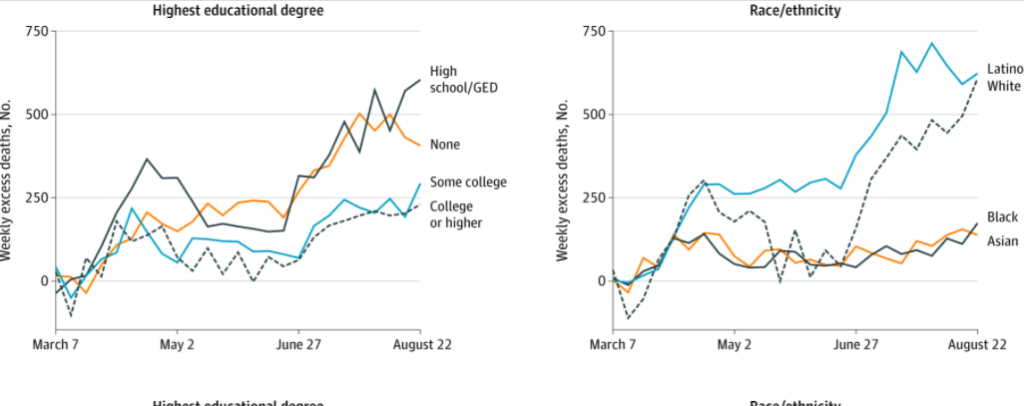Link: https://www.governing.com/now/Will-Connecticuts-New-Vaccine-Plan-Achieve-Its-Goals.html
Excerpt:
In announcing a surprising new vaccine distribution plan Monday, Gov. Ned Lamont said Connecticut’s approach was designed with two factors in mind: speed and equity.
“Broadly speaking, these are our goals for vaccination,” Lamont said. “Get as many people vaccinated as we possibly can … and complement that with equity, knowing full that our Black and brown population here in this state and around the country are twice as likely to suffer complications from an infection and half as likely to get vaccinated.”
But experts are divided on whether the new strategy will truly accomplish those goals — and particularly whether it will truly maximize equity. While state and hospital officials say this plan, which establishes priority groups almost strictly by age, will create a smoother, faster rollout, skeptics worry the new eligibility guidelines are not as inclusive as those the Lamont administration jettisoned.
Author(s): EMILY BRINDLEY, HARTFORD COURANT
Publication Date: 25 February 2021
Publication Site: Governing






